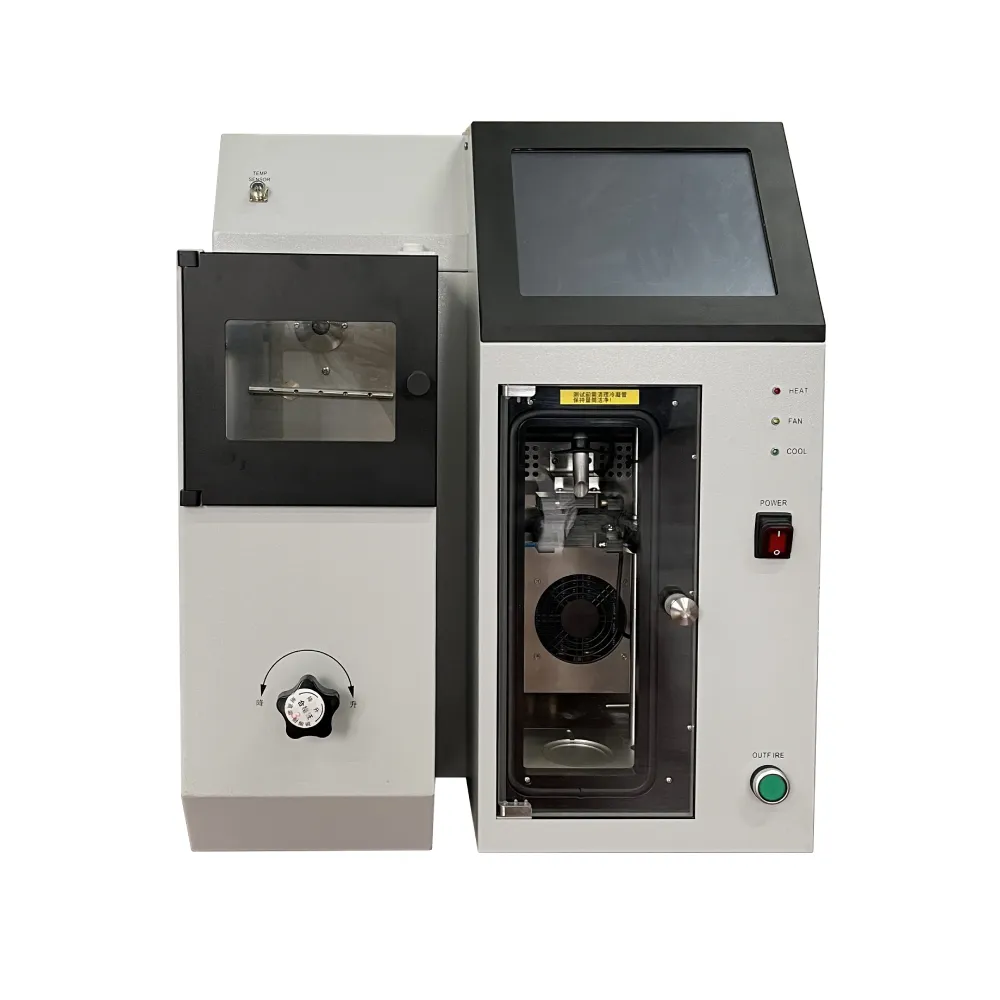 English
English


Vacuum Testing Procedures for Transformer Tanks and Their Importance in Maintenance
Vacuum Test of Transformer Tank Ensuring Optimal Performance and Reliability
The transformer is a critical component in the power distribution network, enabling the efficient transmission and distribution of electrical energy. To ensure that transformers operate at their best, it is essential to conduct various tests throughout their lifecycle. One of the most important tests is the vacuum test of the transformer tank, which helps in assessing the integrity of the transformer enclosure and the insulation system.
A transformer tank, typically made of steel, serves as a protective enclosure for the internal components, including the core and windings, while also providing a space for the insulating oil. Over time, these tanks can be subjected to environmental stressors such as moisture, temperature fluctuations, and mechanical vibrations. Hence, maintaining the integrity of the transformer tank is paramount to prevent leaks, ingress of moisture, and deterioration of the insulating oil.
The vacuum test involves creating a vacuum within the tank to ensure that it can withstand the operational pressures and conditions it will encounter in the field. This is typically done by employing vacuum pumps to extract air from the tank, reducing the pressure to a specific level. The test is conducted in several phases
1. Preparation Before the vacuum test, the transformer tank must be thoroughly cleaned and inspected for any visible damage or defects. All fittings, valves, and gaskets must be checked to ensure they are in optimal condition.
2. Evacuation The next step is to connect a vacuum pump to the transformer tank. The pump removes air, creating a vacuum environment. This step is crucial as it helps in identifying any leaks or weak points in the tank.
vacuum test of transformer tank

3. Monitoring During the vacuum application, pressure gauges are used to monitor the vacuum level. The system must maintain the designated vacuum for a specific duration. If there are leaks, the pressure will not hold steady, indicating that further investigation and repair are necessary.
4. Post-test Evaluation After the duration of the vacuum test, the pressure is carefully restored to atmospheric levels. Any changes observed in the pressure readings will need to be documented, and if the tank fails to maintain a vacuum, corrective actions must be taken.
The significance of the vacuum test cannot be overstated. A transformer tank that can adequately hold a vacuum indicates that it is well-sealed and can effectively protect the internal components from external contaminants. This is particularly important because moisture ingress can lead to the breakdown of insulation, resulting in electrical failures that can have severe consequences, including power outages or even catastrophic failures.
Additionally, a successful vacuum test contributes to the overall reliability and longevity of the transformer. Transformers that have been thoroughly tested, maintained, and certified will perform efficiently, reducing the risk of unexpected downtime and costly repairs.
In conclusion, the vacuum test of a transformer tank is an indispensable procedure that ensures the integrity of one of the most vital components in the electrical infrastructure. By routinely conducting this test, utility companies and maintenance personnel can proactively manage the health of transformers, ensuring they deliver reliable power while minimizing risks associated with failures. In an era where the demand for electricity continues to grow, proper testing and maintenance practices are critical in sustaining the performance and safety of the electrical grid.
-
Differences between open cup flash point tester and closed cup flash point testerNewsOct.31,2024
-
The Reliable Load Tap ChangerNewsOct.23,2024
-
The Essential Guide to Hipot TestersNewsOct.23,2024
-
The Digital Insulation TesterNewsOct.23,2024
-
The Best Earth Loop Impedance Tester for SaleNewsOct.23,2024
-
Tan Delta Tester--The Essential Tool for Electrical Insulation TestingNewsOct.23,2024





